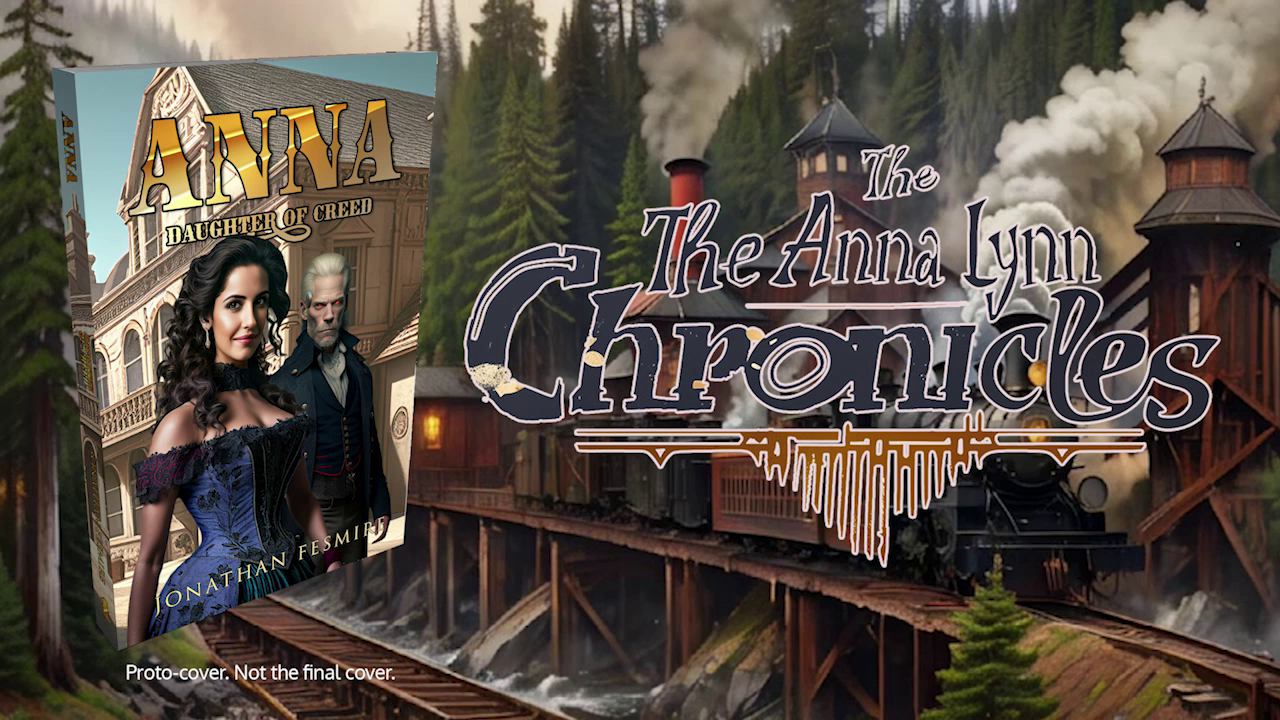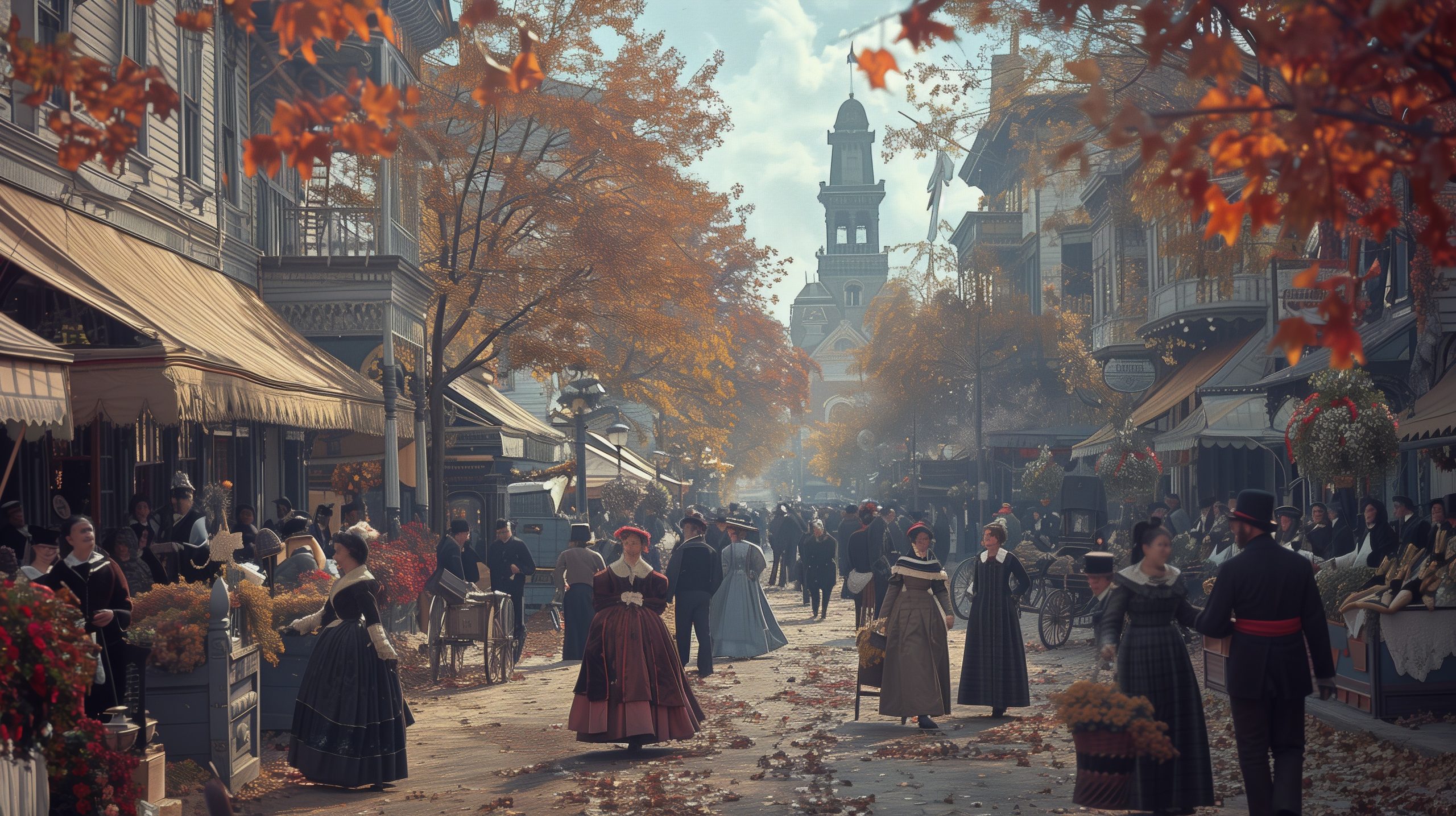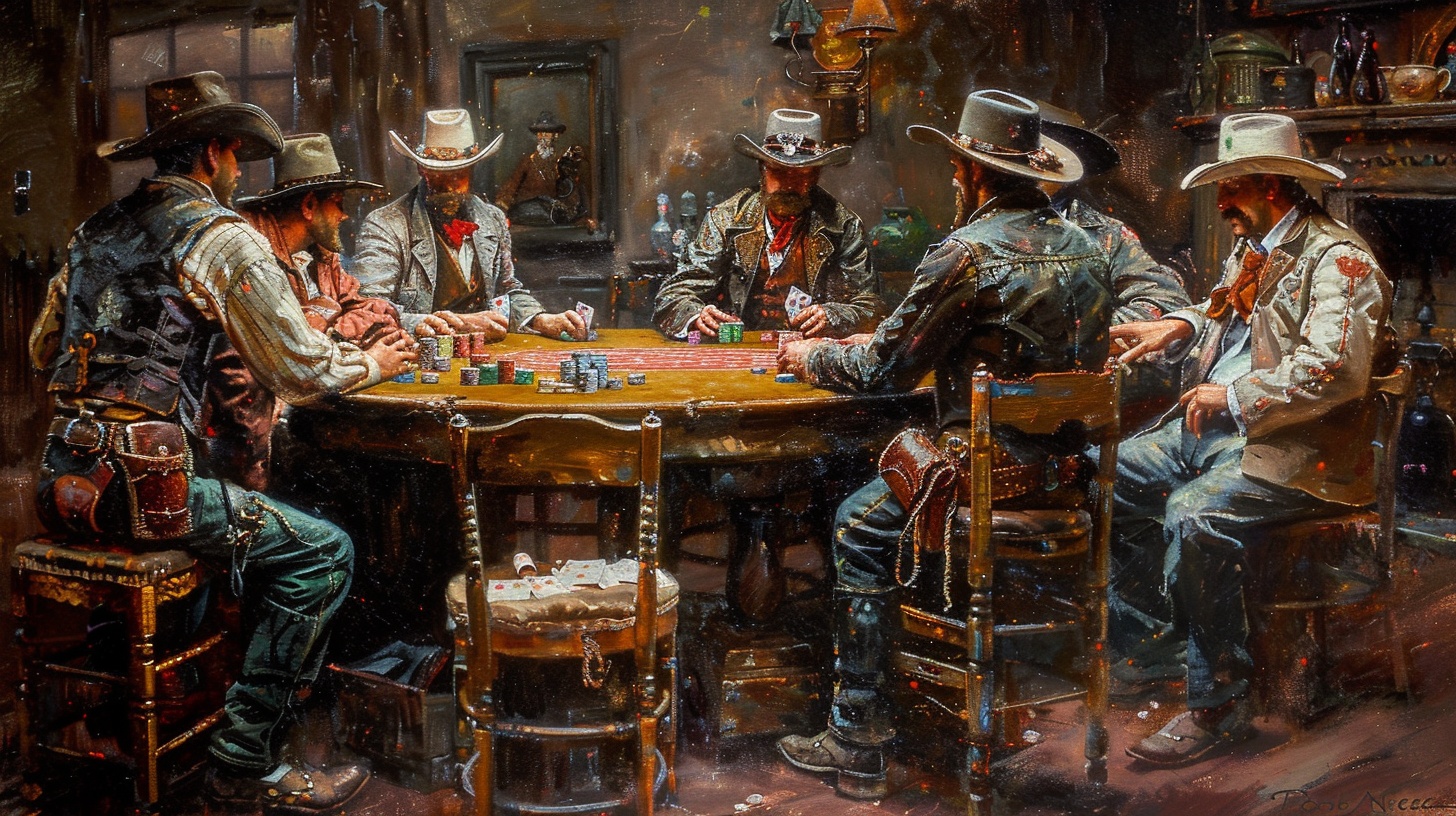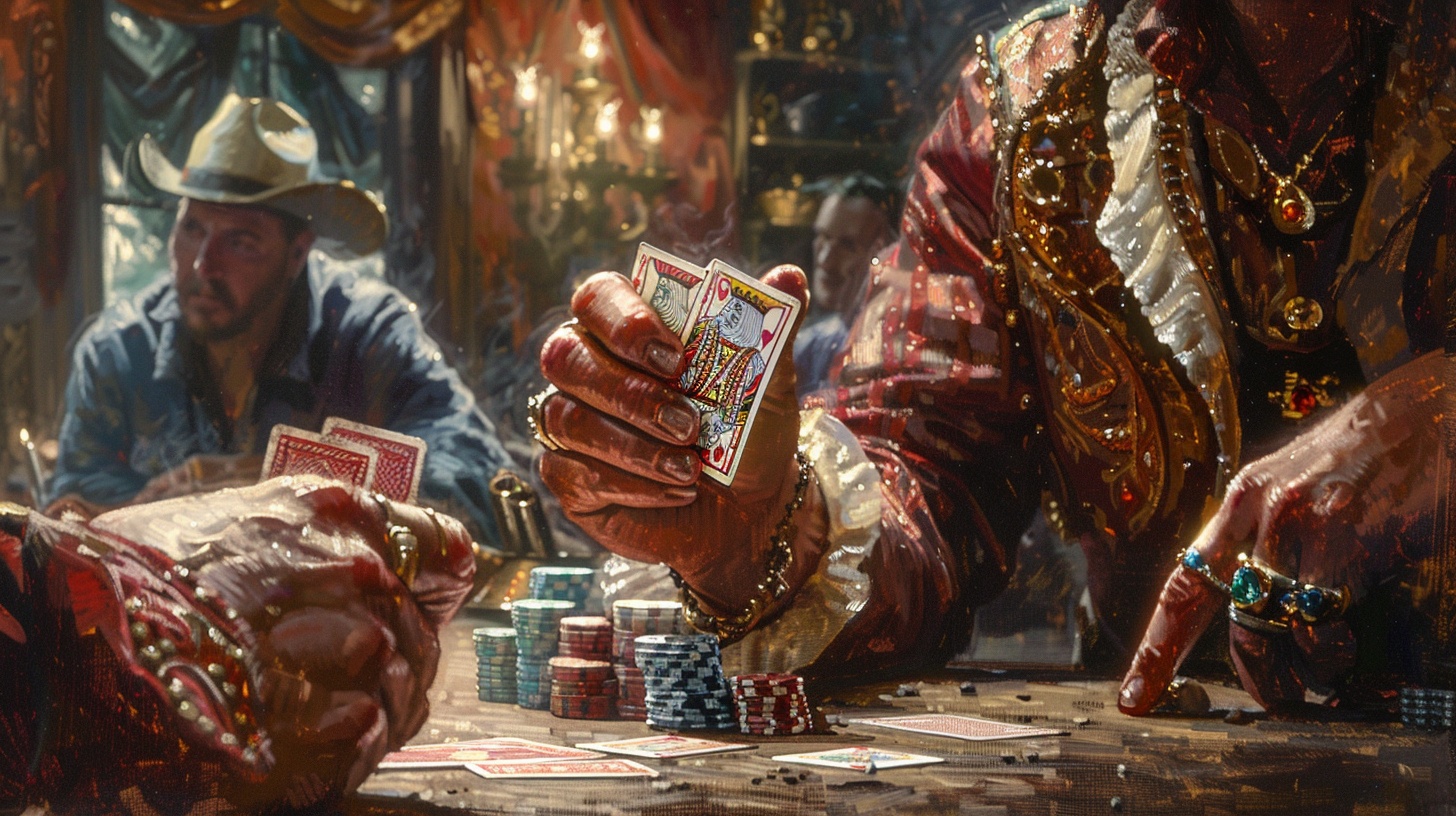
Starting with My New Kickstarter
Historical fiction allows authors to creatively explore past events and personalities, blending established facts with imaginative storytelling. For me, this is especially fun when the author adds in science fiction or fantastical elements. My series, The Adventures of Bodacious Creed, and soon my spin-off series, The Anna Lynn Chronicles, do just that.
Before we go on, I’m running a Kickstarter to help pay for editing and other services I may need for the first novel in that new series. It’s called, Anna, Daughter of Creed, I’m half-way through it, and it’s time to get start putting the editing and publishing pieces in place.
This Kickstarter goes live on April 30, 2024! Before then, you can follow it at this link, and from April 30 to May 30, you can pledge to back it. Backers will get books (signed if you get them in print!), and more. Check it out here:
Anna, Daughter of Creed by Jonathan Fesmire — Kickstarter
Back to writing historical fiction! This genre’s unique appeal lies in its ability to make history accessible and engaging, especially when authors integrate real historical figures into their stories. The practice requires a delicate balance between staying true to historical accuracy and taking creative liberties that enhance the narrative without distorting history too much. My Creedverse, which is what I call my steampunk western milieu, incorporates figures such as Nikola Tesla, the Cooper Brothers, and Mary Ellen Pleasant into a layered fictional world.
Foundations of Historical Fiction
Good historical fiction begins with research. When you plan to include a historical figure, delve into that person’s life, as much as you can. This isn’t always easy! For instance, my depiction of the Cooper Brothers from Santa Cruz respects their documented historical roles. John and William Cooper were influential figures in Santa Cruz during the late 19th century. I portrayed in ways that echo their real-life occupations. John runs the Cooper Brothers Mercantile and William as mayor and, later, postmaster. However, there’s not much information about their personalities, so I had liberty there.
Once the historical groundwork is laid, authors can tell their stories while respecting the facts. In the Creedverse, Nikola Tesla is reimagined as a young prodigy recruited by a fictional character, Miles Morgan. explores his potential in an alternate technological timeline. It serves the steampunk elements, prompts readers to consider the impact of early technological advances on society, and I think does right by Tesla, who suffered in our own world because of Thomas Edison’s greed.
Techniques for Integrating Historical Figures

Historical figures can serve as cultural and temporal anchors, giving authenticity to the setting. For example, I’ve incorporated the real-world fraternity E. Clampus Vitus and characters like Emperor Norton into the Creedverse, using their historical significance to enhance the reader’s experience of San Francisco during the late 1870s. This way, I’ve held onto the essence of the characters and setting while adapting their narratives to suit the needs of my novels.
In some cases, historical figures can play pivotal roles in the plot, directly influencing the storyline and interacting with fictional characters. Mary Ellen Pleasant, known for her entrepreneurial and philanthropic efforts, shares the multifaceted nature of the real woman. Her portrayal includes her known activities and speculated aspects of her life, such as running seances. This not only acknowledges her historical importance but also introduces elements of mystery and intrigue that are pivotal to three of the novels, including the upcoming, Anna, Daughter of Creed.
Ethical and Creative Considerations

Using historical figures in fiction also involves ethical considerations, particularly regarding the potential misrepresentation of people whose actions and legacies might still resonate. Authors must navigate these waters carefully. In your own writing, try to make sure to respect the individuals’ memories while providing engaging storytelling.
And yes, there were shady characters in the past, and it’s fine to portray them this way!
For example, James “Shanghai” Kelly was a notorious figure in San Franciscos in the 19th century, known for his involvement in the practice of “shanghaiing,” officially known as “crimping”—the coercive recruitment of men into maritime labor. This involved trickery, intoxication, or outright kidnapping, a practice deeply embedded in the criminal underworld of waterfront cities. Portraying Kelly as a criminal in historical fiction aligns well with documented historical accounts, as his actions contributed to the lawless and often dangerous atmosphere of San Francisco’s Barbary Coast. He makes an appearance in Bodacious Creed and the San Francisco Syndicate, and I plan to use him in a future series, too.
He’s a fitting character for narratives exploring the darker aspects of this period, and his notorious reputation provides ample justification for his depiction as a criminal in works that wish to delve into the gritty reality of historical San Francisco, such as the Creedverse novels.
Practical Advice for Writers
When using historical figures in fiction, you may not be able to research everything about them, but make sure you learn the most important things, and anything that might help you portray them fairly. Yes, in an alternate history, things may be different and some factual inaccuracies are acceptible if they make sense in your unique timeline. However, the more you can stick to the facts, these characters will help ground your novel.
Organic integration of historical figures helps maintain the flow of your story. They should enhance the narrative and contribute to the plot without overshadowing the fictional elements, including the main characters. Consider including an author’s note in your book, such as in the foreword or afterword. There, you can clarify the historical why you made certain changes. This can deepen your readers’ appreciation of the creative process behind your storytelling and foster a more informed and engaging interaction with your book.
The integration of historical figures in fiction offers writers a powerful tool to enrich their narratives by merging historical authenticity with creative speculation. The result should be stories that expertly explore the most important question in speculative fiction, “What if?”
“I have always regarded historical fiction and fantasy as sisters under the skin, two genres separated at birth.” – George R. R. Martin







